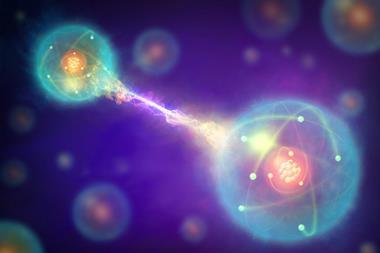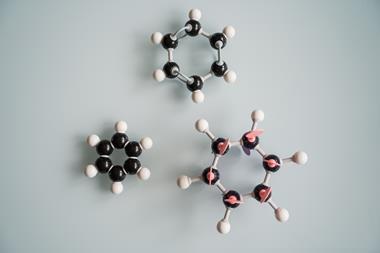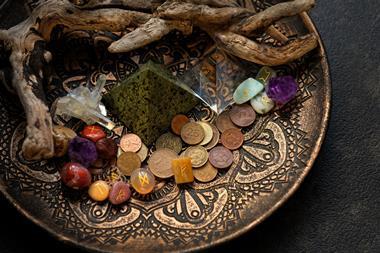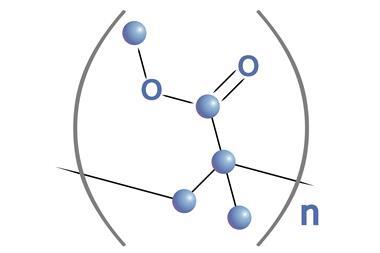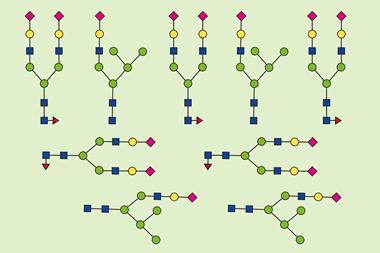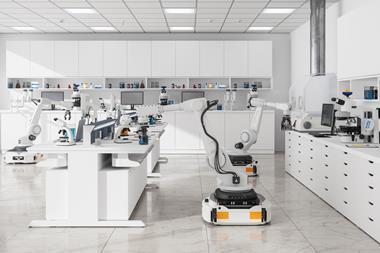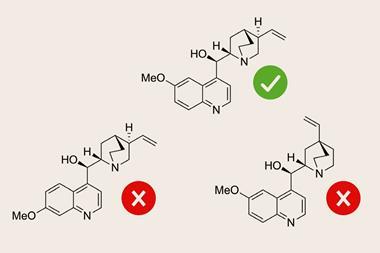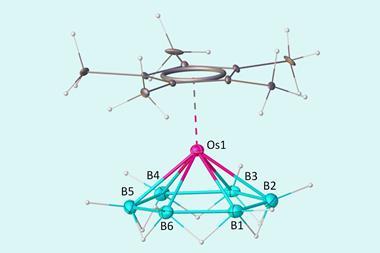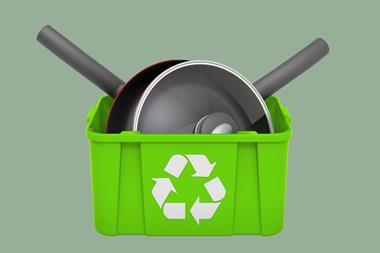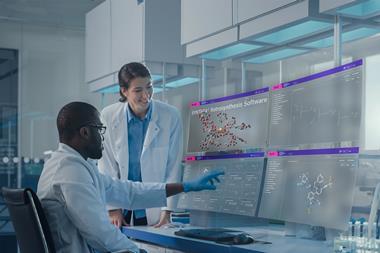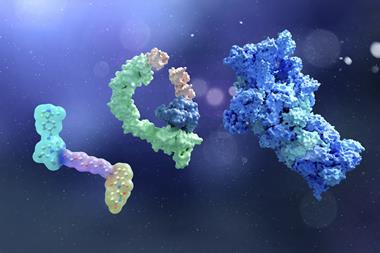In cheminformatics today, innovations such as IUPAC’s InChI have created an explosion of interconnectedness for chemical structure databases. Unfortunately, chemists continue to draw 2D structures containing implicit 3D information (chair and boat, Haworth or Fischer projections, etc.).
To address the issue, chemical information scientists use software-based ‘standardisation’ of chemical structures and in the process may remove or misinterpret the implicit stereochemistry of the original structure. In this webinar, we will explore an alternative, more accurate software-based ‘interpretation’ method that understands the 3D intent of 2D drawings as a chemist would. Case studies comparing both methods will be presented.
During this webinar you will learn:
- how to recognise potential problems that chemical structure standardisation creates
- how to use technologies for matching chemical structure representations
- how to assess software-based interpretation of 2D chemical structures containing implicit 3D information

Bio-Rad Laboratories, Inc. develops, manufactures, and markets a broad range of innovative products and solutions for the life science research and clinical diagnostic markets. The company is based in Hercules, California, and serves more than 100,000 research and healthcare industry customers through its global network of operations. Today’s presentation comes to us from Bio-Rad’s informatics business – a leader in chemistry software solutions.
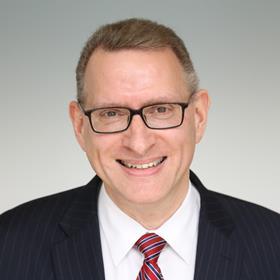
Speaker: Gregory Banik Ph.D., General Manager, Informatics Division, Bio-Rad Laboratories, Inc.
Greg Banik is the General Manager of Bio-Rad’s Informatics Division with an impressive career in chemistry software and information at MSI (now BIOVIA), UMI (now ProQuest), and Thomson Reuter’s ISI (now Clarivate Analytics). He holds a Chemistry Ph.D. and Master’s degree from Northwestern University and a BS in Chemistry and Computer Studies from Grinnell College.
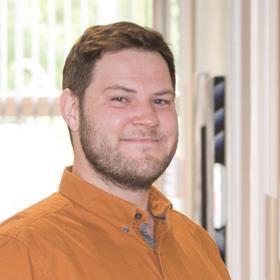
Moderator: Benjamin Valsler, Digital editor, Chemistry World magazine
Ben is the digital editor of Chemistry World magazine, producing video and podcasts to accompany the magazine and website. Prior to joining the Royal Society of Chemistry, he was the producer of the award-winning Naked Scientists, making local and national radio programmes for the BBC, the Australian Broadcasting Corporation and Primedia in South Africa.

